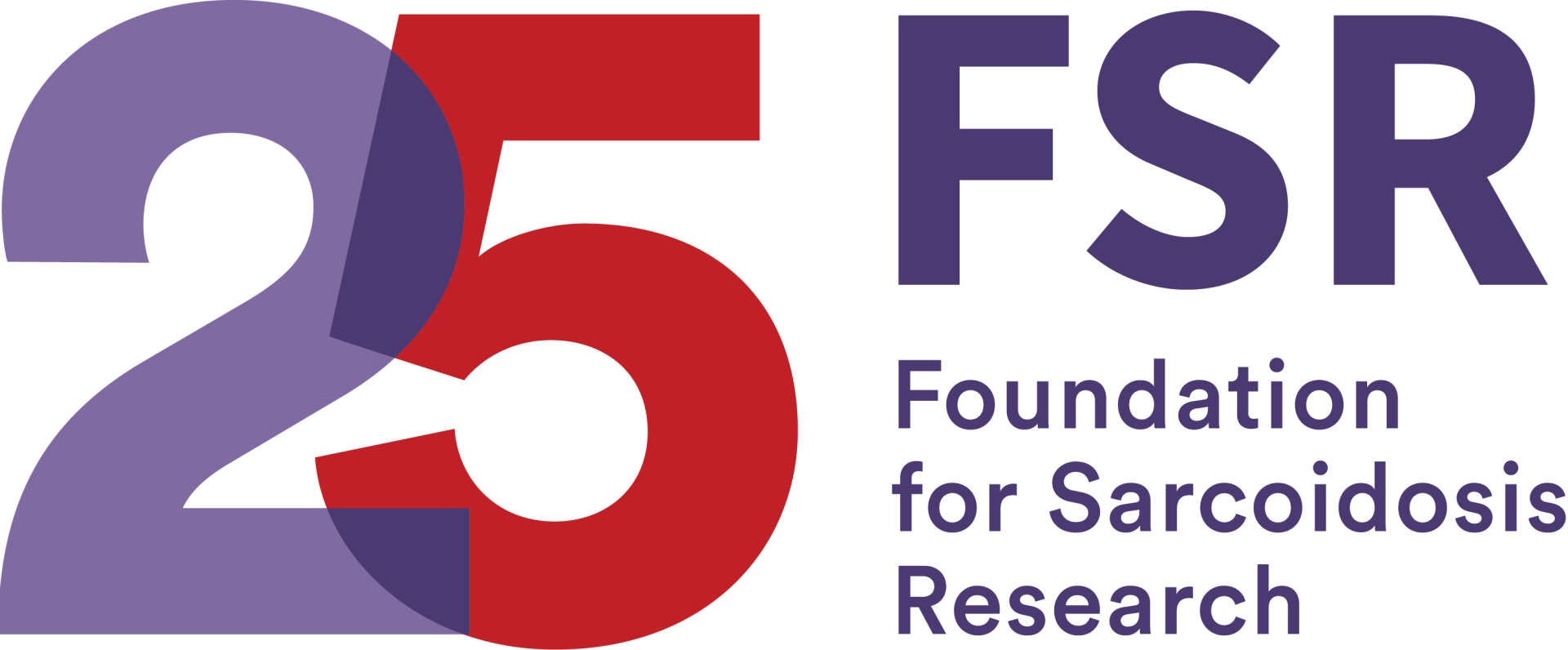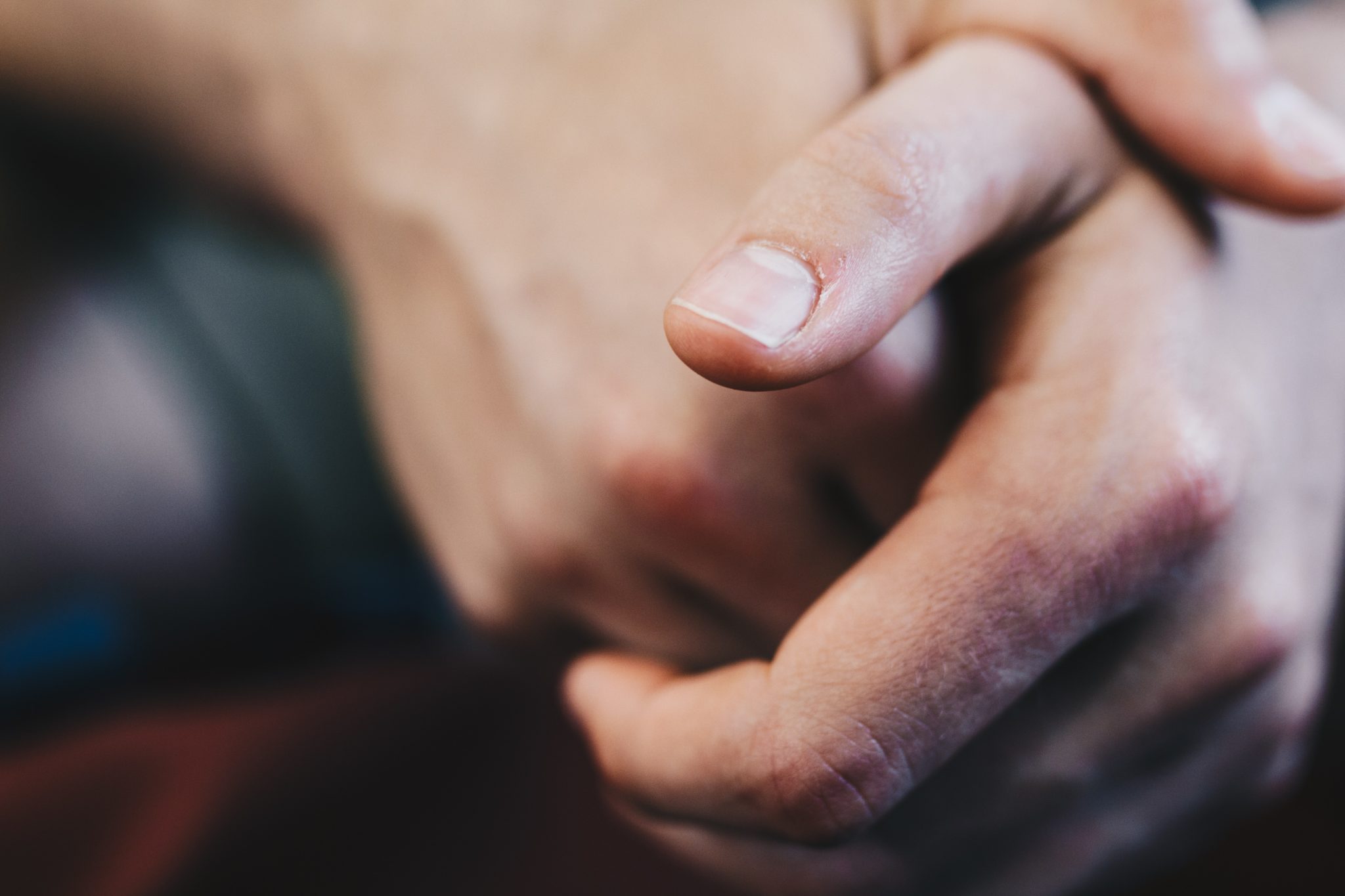Dermatologist and sarcoidosis specialist Misha Rosenbach, MD from University of Pennsylvania kindly offered to answer the dermatological questions from our conference’s Q&A session via email. The questions and his responses are below. *Please note that these responses are Dr. Rosenbach’s personal opinons and do not represent FSR’s stance on any questions. These responses do not constitute medical advice and should not replace the opinion of a doctor who is managing the case of a sarcoidosis patient. With any questions, always contact your physician.
Do topicals such as benzoyl peroxide have any effect on skin sarcoidosis?
Not well studied, but probably not. However, some patients with sarcoidosis are on prednisone, and get steroid-related acne; benzoyl peroxide can help with things like acne, folliculitis/bacterial infections, etc. And it is unlikely to be HARMFUL to sarcoidosis – so, may help, probably won’t hurt, but if you’re looking for a topical medicine specifically to treat skin sarcoidosis, there are options that have better data and ‘more likely to help’ mechanism of action.
Is it normal for the location and size of subcutaneous lumps to change? Can the changes be cyclic?
This is a hard question. I think for the most part, everyone is unique. There are some sites that are common to get lumps – sites where people get or have gotten injections (like allergy shots, in the arms, for instance), or sites of repeated trauma. We often see lumps on the shins, calves, and forearms – but it may just be that folks have less fat there and it’s easier to see the lumps there. Generally, on average, most people’s disease stays in the same spots. One exception to this is Erythema Nodosum, which is an inflammatory reaction to internal systemic sarcoidosis, and not granulomatous inflammation in the skin per se – EN almost always is on the anterior shins, but the individual lesions/sites can vary.
Have you noticed that the appearance of erythema nodosum spreads as lumps increase and spread in lower legs? What is the treatment?
- Erythema nodosum (EN) does tend to be on the lower legs. It can be individual or a few small lumps/nodules, or can spread, broaden, and expand and be bigger.
- EN treatment is also a tricky question – this is a sarcoidosis forum, so usually EN in this case is seen in patients with Lofgren’s syndrome, or active inflammatory lung/joint disease and EN. In the case of Lofgren’s, usually the treatment is “treat the sarcoidosis.” Which often means steroids, in the short term – these patients tend to be uncomfortable, get treated, and improve/resolve, and don’t often have chronic disease.
- It is worth noting that there is a *long* list of diseases that can cause EN. Strep throat, medications (hormones, often, like OCPs/hormone replacement therapy), intestinal infections or inflammatory bowel disease, pulmonary infections – including some chronic ones, including some that can at a glance have some overlapping features with lung sarcoidosis. If you have EN, it’s important to make sure you know WHY you have EN – it’s not always sarcoidosis. The treatment is usually treating the underlying disease.
- In patients who primarily have leftover EN without an active systemic disease, treatment is often hard, and adjusted on a case by case basis – ranges from steroids, to NSAIDs, to rest/elevation/compression, to anti-inflammatory antibiotics, to immunomodulatory drugs, to immunosuppressive drugs.
Can sarcoidosis patients get a face lift?
Sarcoidosis in the skin can develop at sites of scars, and suture material in patients without sarcoidosis can be a source of granulomatous inflammation (the type of inflammation seen in sarcoidosis). There is not a lot of data to definitely answer this question, but generally with patients with active sarcoidosis, the less surgery/cutting/scars/foreign material (like sutures) the better, as there’s less chance to develop/stimulate sarcoidosis at those sites. If someone has never had skin sarcoid and has had the disease for years, it’s unlikely that they’ll suddenly get sarcoid at these surgical sites. If someone has quiescent, well controlled sarcoidosis for years, it’s less concerning than someone with active sarcoidosis. Finally, there are multiple other cosmetic procedures that probably should be discussed; very briefly:
- Botox is likely safe
- Fillers (juvaderm, restylene, etc) are probably NOT safe – they can induce granuloma formation even in patients without sarcoidosis
- Autologous fat transfer is moving the person’s own fat to the cheeks; this is probably safer than any other type of filler
- Chemical peels and lasers can damage the skin and have the potential to exacerbate/worsen sarcoid
- Some lasers have been reported to induce or worsen sarcoid, including causing ulceration, and people should be careful if getting these things done
Best advice is to carefully discuss the pros and cons and sarcoid-specific risks with your provider / the person who would be doing the procedure, and make sure you’re seeing an experienced, board certified person who knows what they’re doing
Have you witnessed bruising when granuloma’s affecting the skin get large? Associated with another syndrome (e.g. Gardner Diamond Syndrome)?
The short answer is no, not really. The longer answer is ‘anything is possible.’
One thing that often happens is, when patients have subcutaneous nodules from sarcoid for instance, they’re often feeling them, touching them, assessing the size, trying to decide if the spots are growing or shrinking – and just pressing on and manipulating and pushing on these nodules can cause some bruising. That’s the most common explanation. Additionally, when patients are on steroids/prednisone, they develop easy bruising and often will get bruises on the forearms and sun exposed sites – and the forearms are a common area for sarcoidosis lesions – so there can be overlap but not directly related.
Role of phototherapy in treatment of skin sarcoidosis?
This is not well studied, and needs more research. There are other granulomatous skin diseases where phototherapy clearly has beneficial data, such as granuloma annulare (in some variants). Patients with sarcoidosis have felt that the sun can improve their lesions, but generally the inflammation from sarcoid is too big/thick/broad/deep for most phototherapy to penetrate, and we have a lot more effective treatment options for most patients. Phototherapy can sometimes affect the color a bit, and make some spots less noticeable, but it’s rarely something that we reach for in most patients

